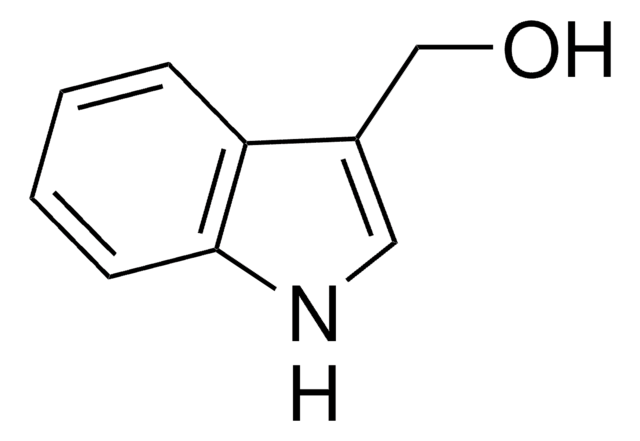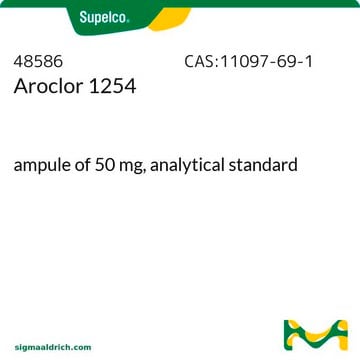This product has not been tested for solubility or suitability in cell culture. The solubility is tested in Chloroform at 50 mg/ml. However, various sources report that this compound is also slightly soluble in DMSO and Ethanol. This information has not been validated. The end-user would have to determine suitability for cell culture applications.
Wichtige Dokumente
N3633
β-Naphthoflavon
≥98%
Synonym(e):
5,6-Benzoflavon
Größe auswählen
Größe auswählen
About This Item
Empfohlene Produkte
Qualitätsniveau
Assay
≥98%
Farbe
off-white to yellow
mp (Schmelzpunkt)
164-166 °C (lit.)
Lagertemp.
2-8°C
SMILES String
O=C1C=C(Oc2ccc3ccccc3c12)c4ccccc4
InChI
1S/C19H12O2/c20-16-12-18(14-7-2-1-3-8-14)21-17-11-10-13-6-4-5-9-15(13)19(16)17/h1-12H
InChIKey
OUGIDAPQYNCXRA-UHFFFAOYSA-N
Angaben zum Gen
rat ... Gabra2(29706)
Suchen Sie nach ähnlichen Produkten? Aufrufen Leitfaden zum Produktvergleich
Verwandte Kategorien
Allgemeine Beschreibung
Anwendung
- as aryl hydrocarbon receptor agonist to elucidate its effect on Cyp1A1 expression in embryos of transgenic cytochrome P450 1A1 (cyp1a) reporter zebrafish[2]
- as AhR agonists, to treat primary normal human epidermal keratinocytes (NHEKs) to study about aryl hydrocarbon receptor (AhR) activation by western blot analysis[3]
- to determine its effect on the expression of dystrophin (Dp)71[1]
- to stimulate the expression of causes recombination (Cre) recombinase and to delete the flanking alleles of locus of crossing (x) over, P1 (loxP) sequences[4]
Biochem./physiol. Wirkung
Lagerklassenschlüssel
11 - Combustible Solids
WGK
WGK 3
Flammpunkt (°F)
Not applicable
Flammpunkt (°C)
Not applicable
Persönliche Schutzausrüstung
dust mask type N95 (US), Eyeshields, Faceshields, Gloves
Hier finden Sie alle aktuellen Versionen:
Analysenzertifikate (COA)
Die passende Version wird nicht angezeigt?
Wenn Sie eine bestimmte Version benötigen, können Sie anhand der Lot- oder Chargennummer nach einem spezifischen Zertifikat suchen.
Besitzen Sie dieses Produkt bereits?
In der Dokumentenbibliothek finden Sie die Dokumentation zu den Produkten, die Sie kürzlich erworben haben.
Kunden haben sich ebenfalls angesehen
Artikel
Antioxidants protect biological systems from oxidative damage produced by oxygen-containing free radicals and from redoxactive transition metal ions such as iron, copper, and cadmium.
-
How can I reconstitute the reagent β-Naphthoflavone (Ref# N3633-1G) for cell culture? Is it soluble in ethanol or DMSO?
1 answer-
Helpful?
-
Active Filters
Unser Team von Wissenschaftlern verfügt über Erfahrung in allen Forschungsbereichen einschließlich Life Science, Materialwissenschaften, chemischer Synthese, Chromatographie, Analytik und vielen mehr..
Setzen Sie sich mit dem technischen Dienst in Verbindung.


![Benzo[a]pyren ≥96% (HPLC)](/deepweb/assets/sigmaaldrich/product/structures/253/820/be96d879-1811-46c0-8f11-612019691c2d/640/be96d879-1811-46c0-8f11-612019691c2d.png)







